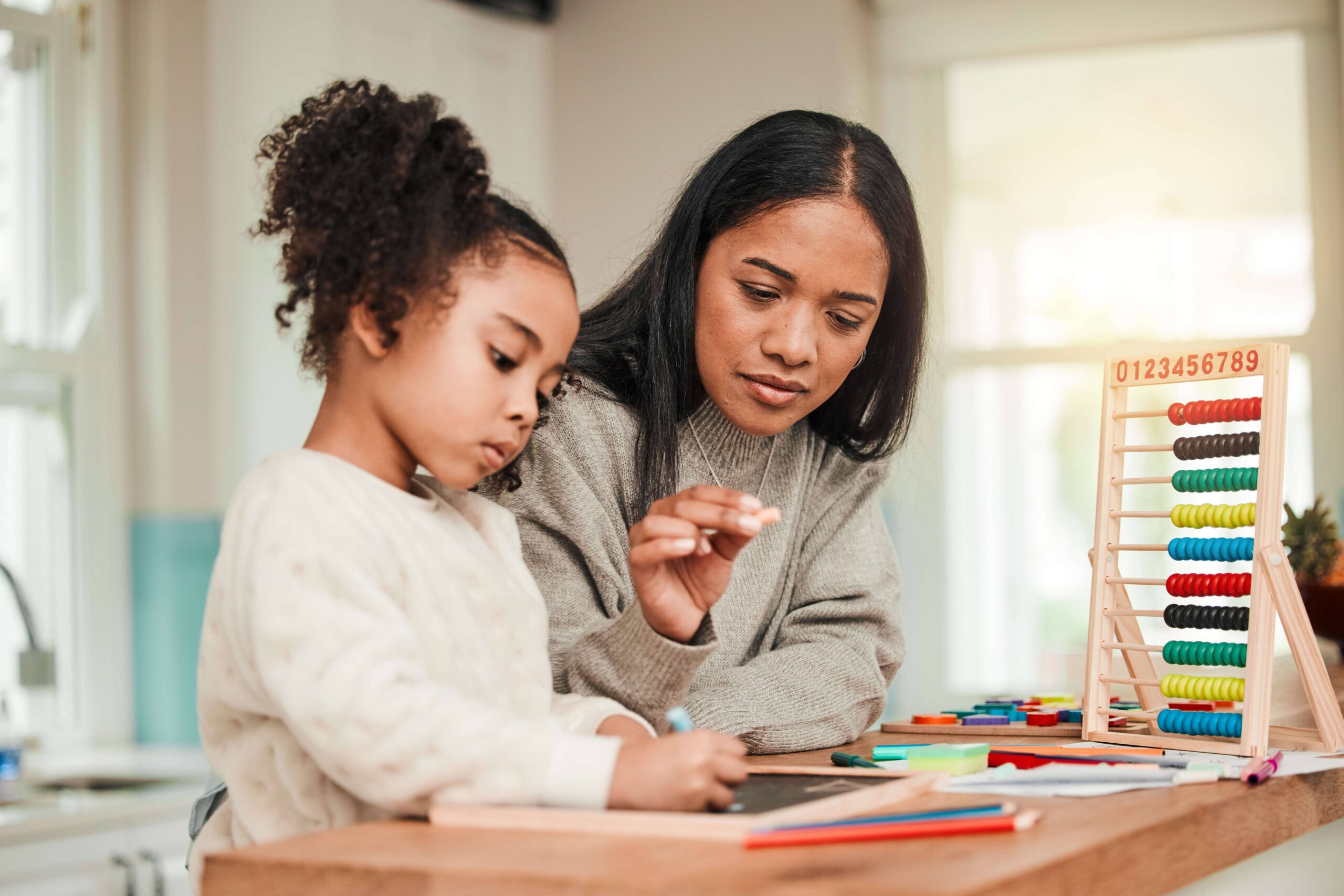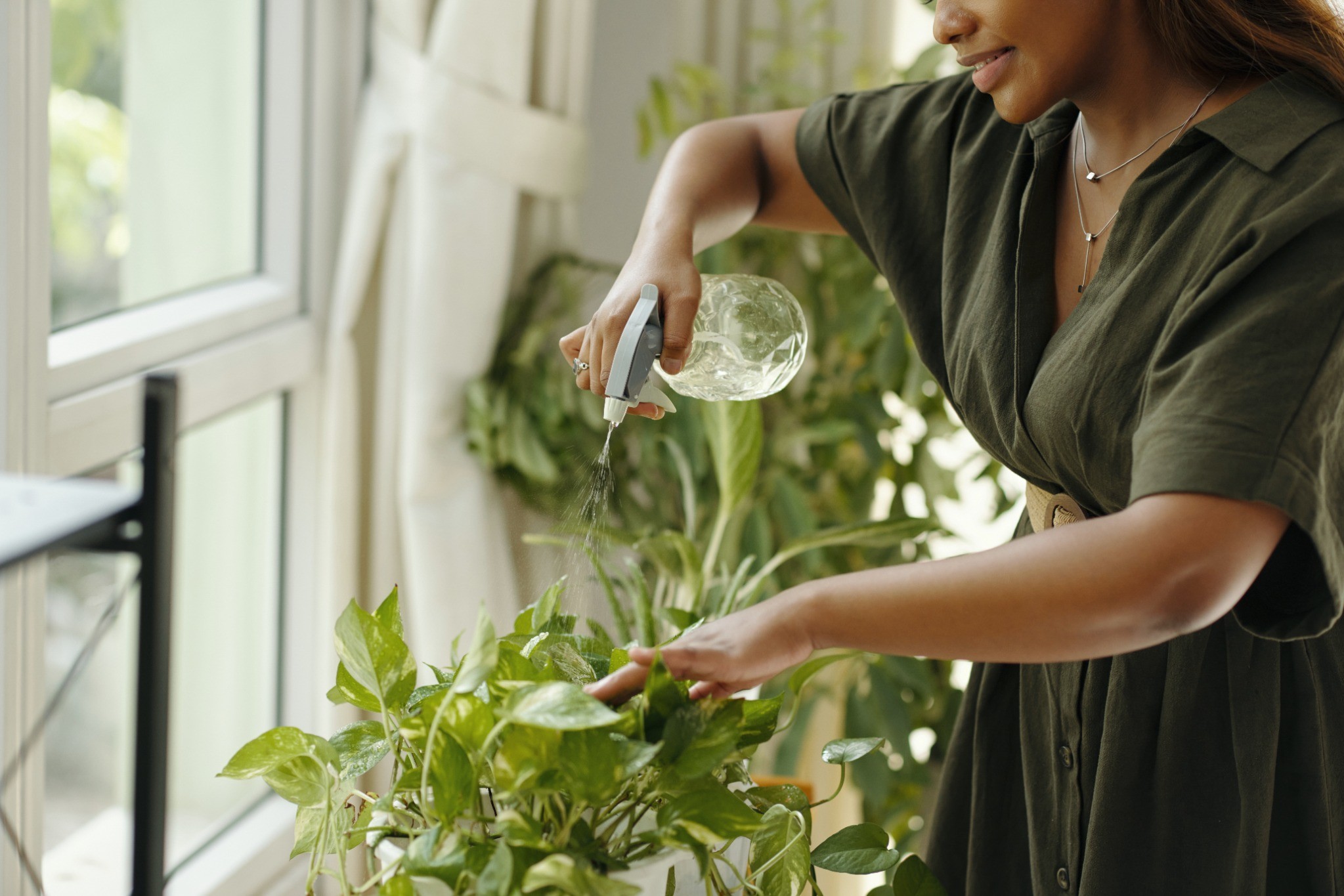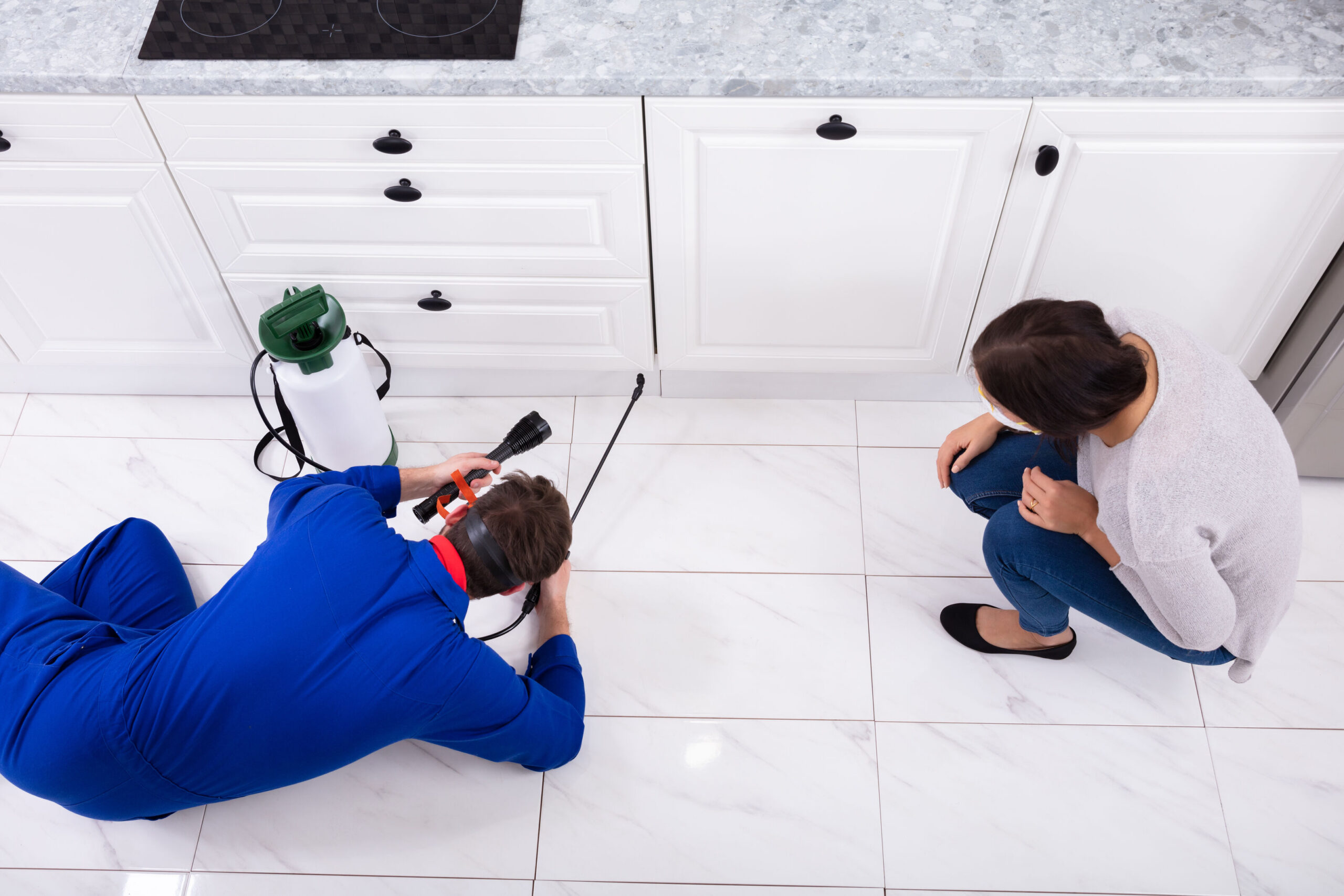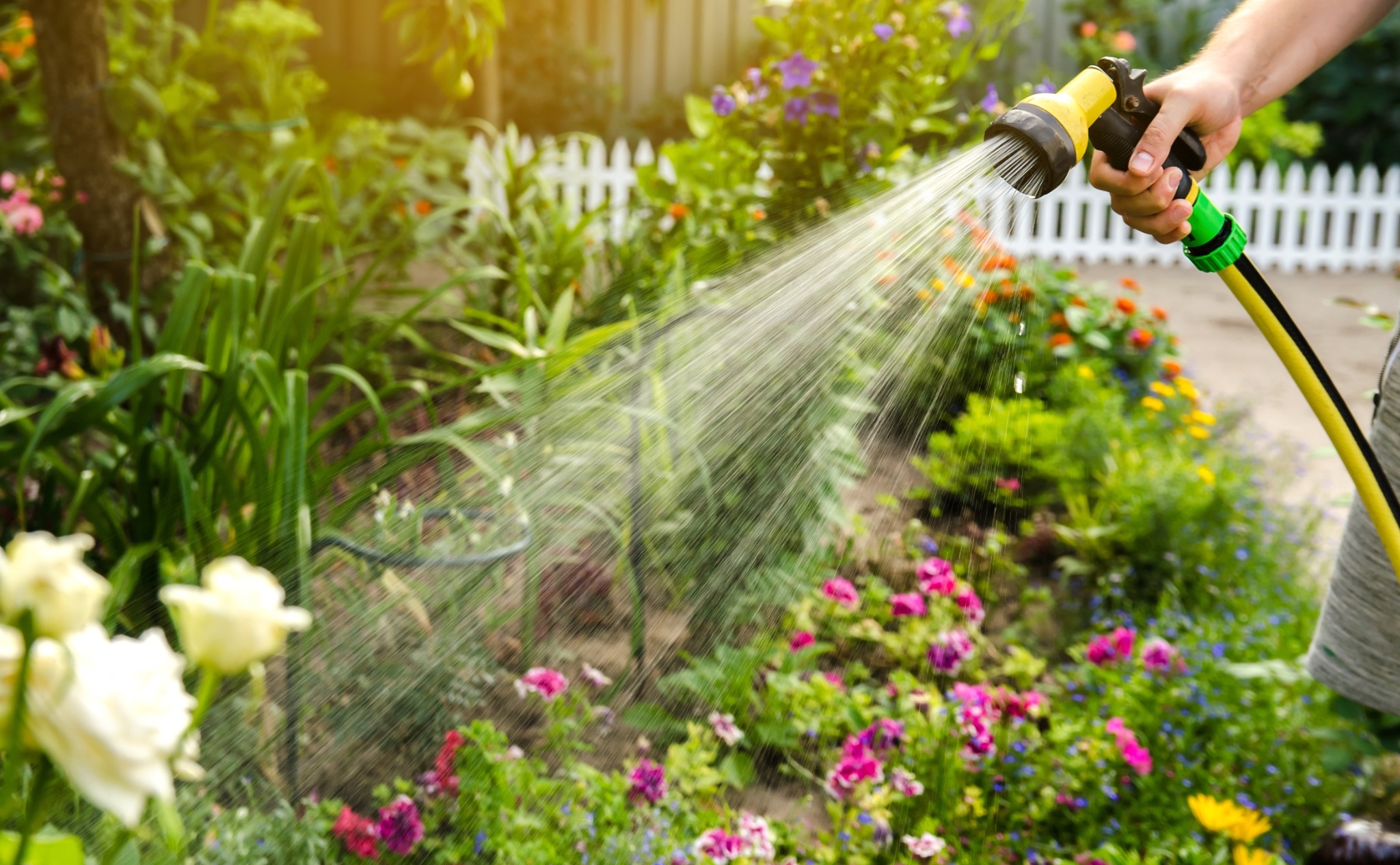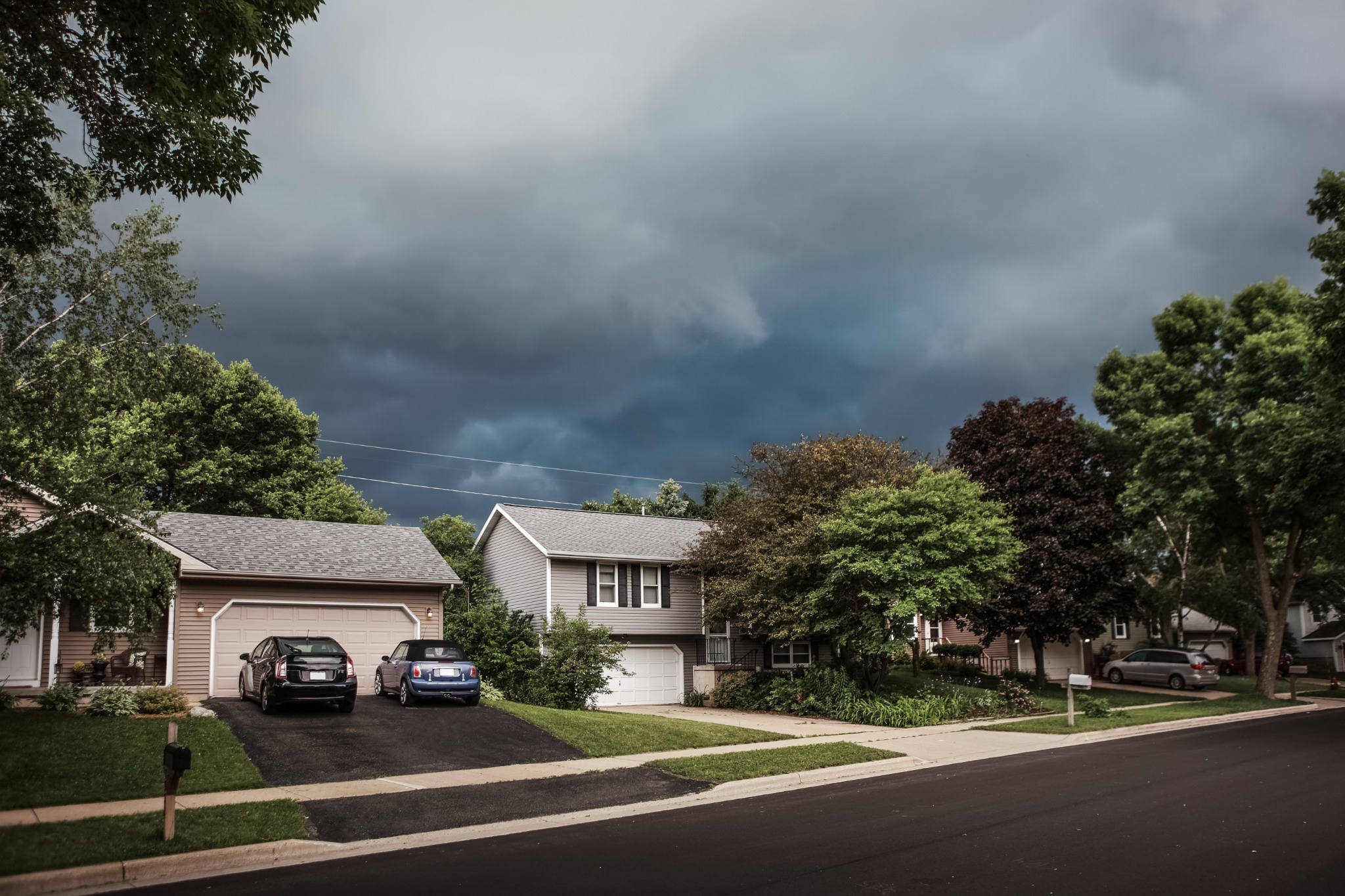Table of Contents
How to Start Composting at Home with Almost No Supplies: Beginner-Friendly Tips for Low-Cost Composting
Composting doesn’t have to be complicated—or expensive. If you want to reduce food waste, enrich your soil, and do your part for the environment, you can start composting right at home with very little setup. No fancy bins, no garden tools, no problem.
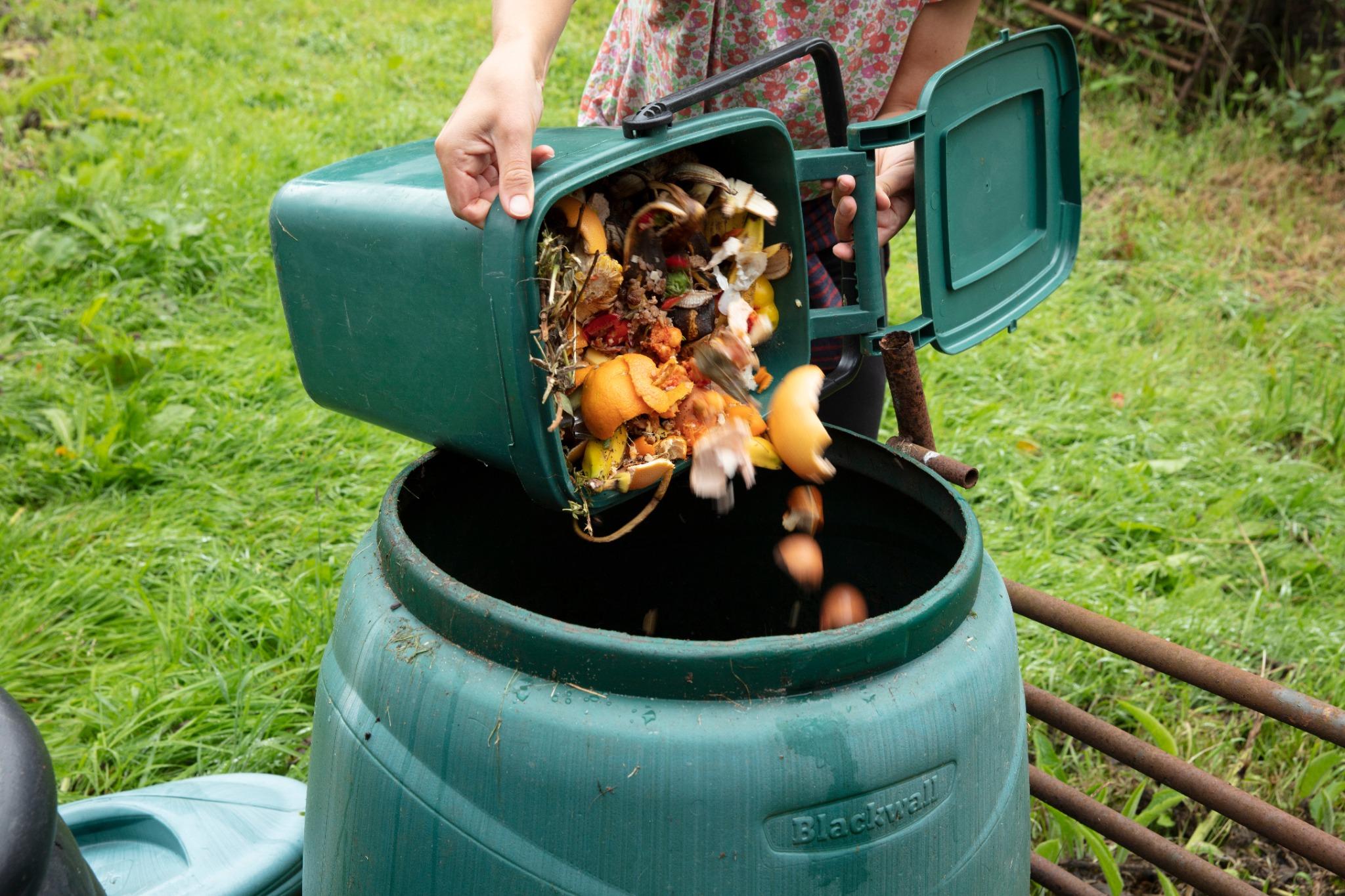
Why Compost?
When you toss food scraps in the trash, they end up in landfills where they can’t break down properly. Composting turns those scraps into rich, nutritious soil that helps plants thrive.
Benefits include:
- Less household waste
- Lower trash bills (if you pay by the bag)
- Better soil for gardens or potted plants
- Reduced need for chemical fertilizers
And best of all, you can get started with what you already have at home.
What You Actually Need to Begin
Forget the fancy tumblers or three-bin systems. Here’s the bare minimum you need to start composting:
| Must-Have Item | Budget Option |
|---|---|
| A container | Old bucket, plastic bin, storage tub |
| A place to dump or store scraps | Backyard corner, bucket with lid |
| Kitchen scraps | Fruit and veggie peels, coffee grounds |
| Some brown material | Leaves, cardboard, newspaper |
If you’re composting outside, you don’t even need a bin—just a small area to pile your compost will work.
Start Collecting Scraps
Begin saving your compostable food waste in a bowl, old coffee can, or container under the sink. You don’t need anything special—just make sure you empty it every day or two to avoid smells.
What to Compost:
Greens (Wet Stuff)
- Fruit and veggie scraps
- Coffee grounds and filters
- Tea bags (without staples)
- Eggshells
Browns (Dry Stuff)
- Shredded paper or cardboard
- Dead leaves or twigs
- Paper towel rolls
- Sawdust (from untreated wood)
The trick is to balance greens and browns. Aim for 2 parts brown for every 1 part green to prevent your compost from getting slimy or smelly.
Where to Put It
If you don’t have a yard, you can still compost on a small scale.
Outdoor Options:
- Pile scraps in a shady corner of your yard
- Dig a hole and add scraps, covering with dirt
- Use an old storage tub with holes drilled in the bottom
Indoor Options:
- Store scraps in a container until you drop them at a local compost center
- Freeze scraps to avoid smells and drop off weekly
- Try countertop compost bins or worm bins if you’re up for a small investment later
Many communities offer compost drop-off sites for people without outdoor space.
Turn It Occasionally (Optional)
If you’re composting in a bin or pile, turning it every few weeks helps speed up the breakdown process. Use a shovel or stick to mix the materials.
- Turning helps add air, which speeds decomposition
- If you’re not turning, it’ll still break down—it just takes longer
- Make sure your pile stays moist but not soaked (like a wrung-out sponge)
No yard tools? Just stir it with a stick or old spatula. It doesn’t need to be perfect.
Watch It Break Down
Over time, your pile will turn into dark, crumbly compost that smells like fresh earth. This process can take anywhere from a few weeks to a few months, depending on conditions.
| Composting Stage | What You’ll Notice |
|---|---|
| Fresh | Recognizable food scraps |
| Mid-stage | Materials break down, heat builds |
| Finished | Dark, crumbly, earthy smell |
Once it’s done, use it in potted plants, garden beds, or spread it around your yard. It’s totally free fertilizer.
Avoid These Composting Mistakes
To keep your compost healthy and smell-free, steer clear of these common issues:
- Too much “green” waste = stinky pile
- No airflow = slow or smelly compost
- Adding the wrong items = pests or mold
Never Compost:
- Meat or bones
- Dairy or greasy foods
- Pet waste
- Glossy paper or stickers
- Diseased plants
Keeping it simple and plant-based will give you the best results with the least hassle.
Make It a Daily Habit
The key to composting success is consistency. Set up a simple routine to make it part of your everyday life:
- Keep a container near your prep area for scraps
- Empty it regularly to your outdoor pile or collection bin
- If you’re not composting daily, store scraps in the freezer
Even small efforts make a big impact over time.
Low Effort, High Impact
You don’t need a Pinterest-worthy compost bin or high-end tools to reduce waste and build healthy soil. With just a few scraps, a bucket, and a little patience, you can start composting right now—without spending a dime.
Whether you’re in a tiny apartment or a house with a yard, composting is an easy way to help the planet and improve your plants. No pressure. No gear. Just progress.

